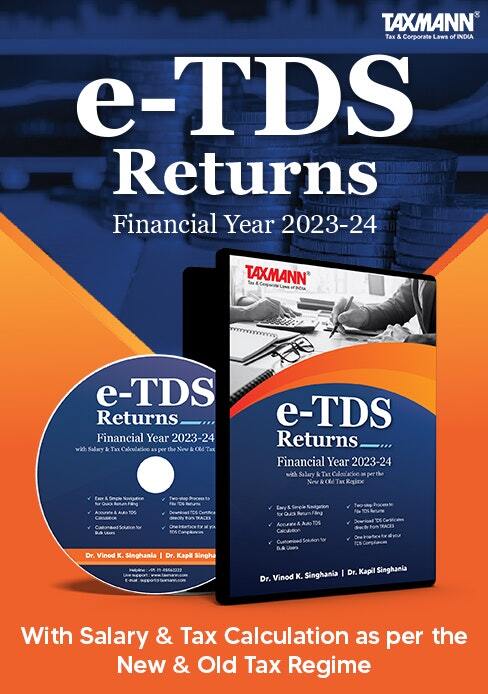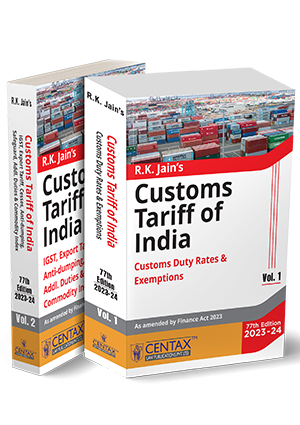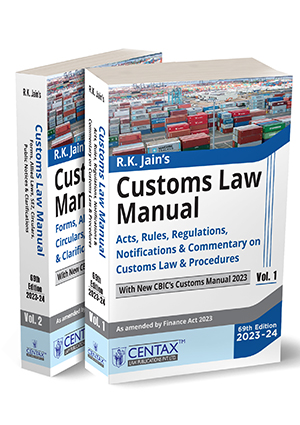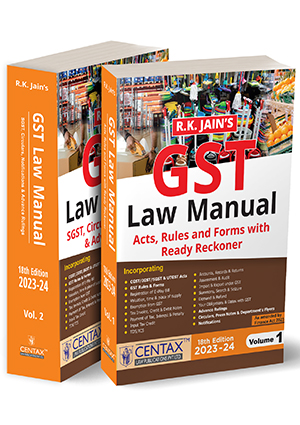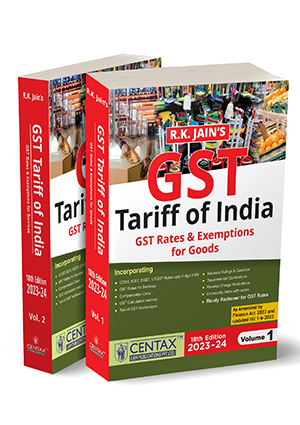Whether De-Silted Iron Ore Fines meet the Definition of Inventories (Ind AS 2)?
- Blog|Account & Audit|
- 3 Min Read
- By Taxmann
- |
- Last Updated on 2 September, 2022
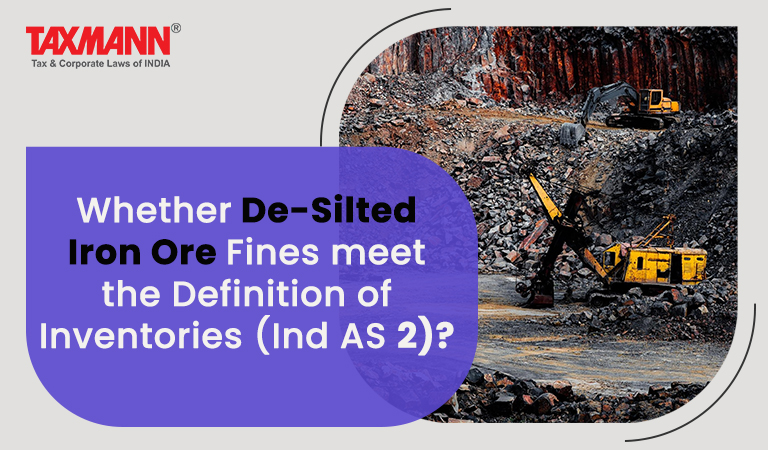
Table of Contents
1. Query
3. Expert Advisory Committee (EAC) Opinion
4. Conclusion
1. Query
M Limited is engaged in the production of both basic and special steels. It owns iron ore, flux, and coal mines located in various states of the country. Iron ore, when extracted from the earth, contains various impurities. While washing, the impurities are removed and some amounts of iron ore fines also get washed away along with impurities. To remove the increased silt in the pond, it is de-silted periodically. Such de-silted iron ore does not fit for consumption in the steel plant due to its poor quality and the subsisting order of government. It also has no economic value and is an active saleable market.
But, later on, with technological advancement, de-silted sub-grade iron ore fines are processed for high-grade fines by installing a beneficiation unit and the company produced a quantity of 1,40,000 tonnes of high-grade iron ore fines. Such enriched iron ore fines can now be sold in the market at a good price and can be used in the production process. The company recognised the same as an ‘inventory’ in the books of accounts.
The auditor of the company is of the opinion that the valuation of iron ore fines embedded in the slime is not justified because slime, in its present form, can neither be sold nor used for consumption in the production process.
Whether the contention of an auditor is correct with respect to the principles prescribed under relevant Ind AS?
2. Relevant Provisions
As per Indian Accounting Standard (Ind AS) 2 Inventories are assets:
(a) held for sale in the ordinary course of business;
(b) in the process of production for such sale; or
(c) in the form of materials or supplies to be consumed in the production process or in the rendering of services.
3. Expert Advisory Committee (EAC) Opinion
The committee noted that, earlier, the de-silted sub-grade iron ore fines (slime) could neither be lawfully sold nor was fit for captive consumption by the Company and were also not valued in the books till then. But, after the establishment of a beneficiation plant resulting in the conversion of de-silted sub-grade iron ore fines into a productive material, the stock of de-silted sub-grade iron ore fines has become useable and also has an economic as such enriched iron fines can now be sold in the market at a good price.
Therefore, the desilted iron ore fines have economic benefits resulting in the inflow of resources to the Company and can be considered as an ‘asset’ for the Company. Now, the desilted sub-grade iron ore fines are being used as input in beneficiation plants. Such beneficiated fines produced are capable of being sold and fit for captive consumption. These can be considered to be in the process of production for sale, and therefore, these should be considered as ‘inventories’ as per Ind AS 2.
Check Out Illustrated Guide to Indian Accounting Standards (Ind AS) which provides a comprehensive commentary on Ind AS as amended by the Companies (Indian Accounting Standards) (Amendment) Rules 2021 & thorough analysis of amended Schedule III of the Companies Act 2013.
4. Conclusion
Based on relevant provisions of respective Ind AS and the opinion provided by the EAC, it can be concluded that the de-silted sub-grade iron ore fines meet the definition of inventories as per Ind AS 2.
References
– EAC opinion Query 14, Volume 40- Part II
– Opinion finalized on 18.1.2021 to 20.1.2021
– Ind AS 2
Disclaimer: The content/information published on the website is only for general information of the user and shall not be construed as legal advice. While the Taxmann has exercised reasonable efforts to ensure the veracity of information/content published, Taxmann shall be under no liability in any manner whatsoever for incorrect information, if any.
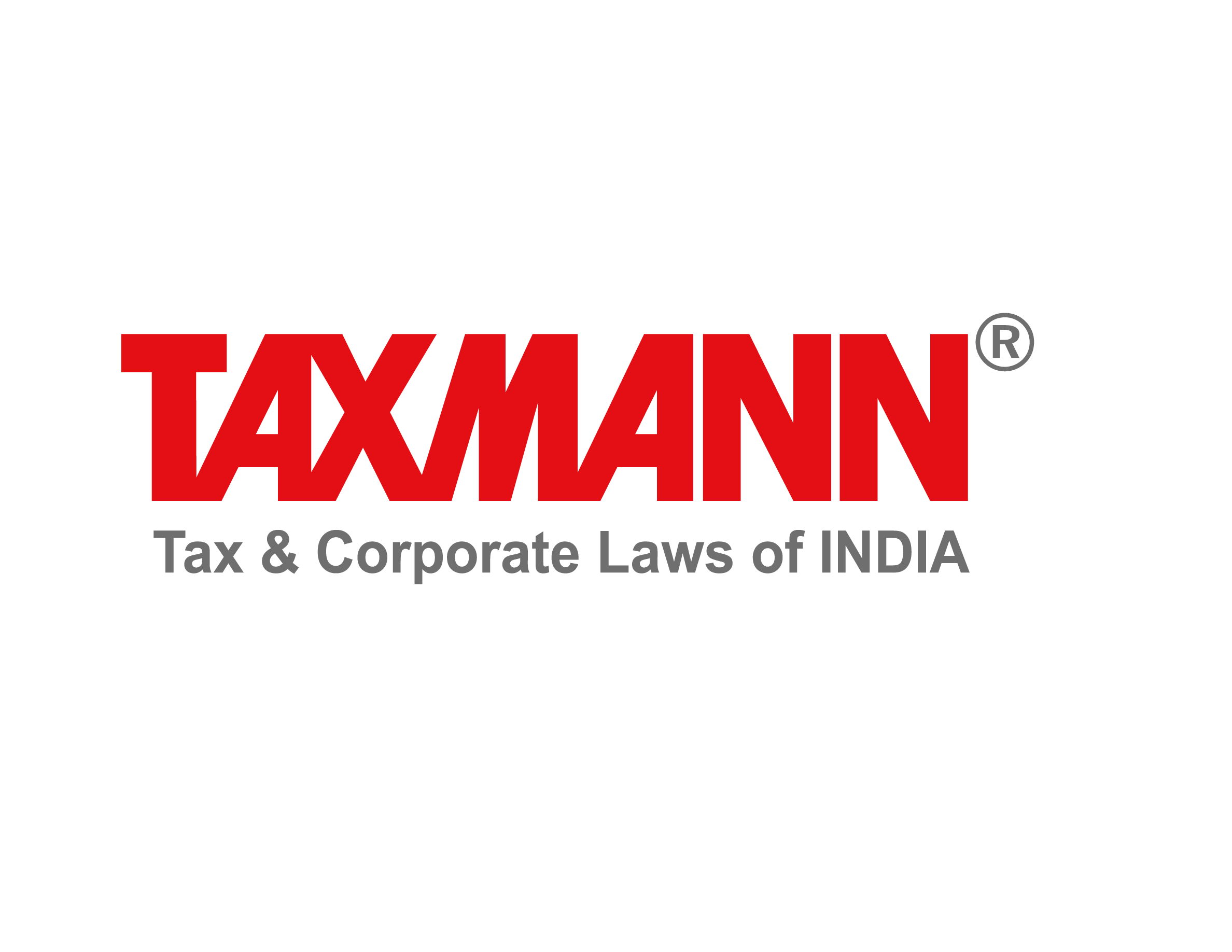
Taxmann Publications has a dedicated in-house Research & Editorial Team. This team consists of a team of Chartered Accountants, Company Secretaries, and Lawyers. This team works under the guidance and supervision of editor-in-chief Mr Rakesh Bhargava.
The Research and Editorial Team is responsible for developing reliable and accurate content for the readers. The team follows the six-sigma approach to achieve the benchmark of zero error in its publications and research platforms. The team ensures that the following publication guidelines are thoroughly followed while developing the content:
- The statutory material is obtained only from the authorized and reliable sources
- All the latest developments in the judicial and legislative fields are covered
- Prepare the analytical write-ups on current, controversial, and important issues to help the readers to understand the concept and its implications
- Every content published by Taxmann is complete, accurate and lucid
- All evidence-based statements are supported with proper reference to Section, Circular No., Notification No. or citations
- The golden rules of grammar, style and consistency are thoroughly followed
- Font and size that’s easy to read and remain consistent across all imprint and digital publications are applied
